Reading List
Here are some very readable books on the biology of mammalian behavior. These are the books that launched me. I give each book an “award” designed to help you find the answers to your questions. Caution: these books do not cover the role of serotonin in the animal urge for social importance. That information is on my research page.

Best Place to Start
David Attenborough Nature Videos
Before reading about the behavior of animals in the wild, it’s good to watch nature videos so you have a mental picture. The best videos on this topic are the early work of David Attenborough. My favorite is “Social Climbers,” Episode 9 of Life of Mammals. It’s here on Netflix, and if you don’t have that, here’s a (poor quality) Youtube. His “Life” series is a thorough introduction to mammalian behavior. This 2009 BBC series shows mesmerizing images of the behaviors that promote survival in nature. Attenborough explains the behaviors with his usual frankness and clarity, and Oprah Winfrey narrates the U.S. (Discovery Channel) edition.
I was so excited by these documentaries that I tracked down every Attenborough series. I learned that Attenborough is no talking head– he pioneered nature videos, including the ever-improving technology that makes them possible. Now in his mid-90s, he’s still making new ones every year. His auto-biography, Life on Air, describes the perseverance involved in bringing the facts of nature to our living rooms. Sir David’s knighthood is richly deserved!
Best Can’t-Put-It-Down Reading
A Primate’s Memoir: A Neuroscientist’s Unconventional Life among the Baboons
Robert Sapolsky
Sapolsky is a Stanford University School of Medicine professor who darts baboons in Africa to sample their neurochemicals. Sapolsky’s careful linking of behavioral observation and neurochemical data has won scientific respect, but here he tells the personal story behind his work. He paints a vivid picture of the Masai villages and gun-toting game wardens that populated his workday on the Kenyan savannah. And he draws intriguing parallels between the social dynamics of academic science and the social dynamics of baboons.
Sapolsky’s investigation of the sex hormones is reported in his Monkeyluv and The Trouble with Testosterone. But his chief contributions focus on the unhappy chemicals, better known as stress. Sapolsky searched for a link between stress and disease, and his popular Why Zebras Don’t Get Ulcers reports those findings. As a fellow native of Brooklyn, I understand his interest in stress. But I also wanted to understand the happy chemicals, so I kept reading.
Best Introduction
to the Social Anxiety of Primates
Chimpanzee Politics: Power and Sex among Apes
Franz de Waal
If you find it hard to imagine how chimpanzees can plot and scheme for status, this book is for you. De Waal spent two years observing a large colony of captive chimps and wrote about their daily lives in soap-operatic detail. He describes the dangerous liaisons, the coalition building, and the constant social calcula- tions that chimps engage in to get ahead in their world. His tales of chimp society will remind you of people you know, and you will come to appreciate how a brain can build complex social relationships without words. The twenty-fifth anniversary edition has good photos, too.

Best Explanation
of the Emotional Roller Coaster
I, Mammal: How to Make Peace with the Animal Urge for Social Power
Loretta Graziano Breuning
Most people say they don’tcare about status, but small advances or setbacks in your social status trigger surprisingly strong emo- tions. This book explains why. It shows how the mammal brain rewards you with the good feeling of serotonin when you gain any small advantage over a rival. When you lose a small advantage, your mammal brain alarms you with the bad feeling of cortisol. It’s not easy being a mammal, but the good-humored depiction of animal status-seeking is followed by a set of exercises for making peace with your inner status-seeker.
Best Description
of Monkey Business
Machiavellian Intelligence: How Rhesus Macaques and Humans Have Conquered the World
Dario Maestripieri
Monkeys are Machiavellian, according to this Italian neurobiologist from the lab in Parma that discovered mirror neurons. Rhesus macaque monkeys are second only to humans in intel- ligence — if you define intelligence as the ability to survive in new environments. Macaques can survive anywhere, just like humans. They thrive all over the earth, even in the inner cities of Asia and the abandoned temples of tropical rain forests. Their social skills are key to their ability to adapt to different environments. That doesn’t mean they hold hands and sing “Kumbaya.”
This book describes macaques’ social skills without a lot of sugar-coating or academic theory. We see how they pick their friends and lovers. We learn when they nurture their children and when they leave their children to develop independence. The empirical science is combined with lively stories of the private lives of monkeys observed in the wild. I loved it!
Best Description of How We Blend Conscious and Automatic Thought
How We Decide
Jonah Lehrer
This book shows how we combine our verbal and nonverbal thought processes when we make a decision. Lehrer marshals the latest research to explain why the best decisions rely heavily on the nonverbal processes. Individuals skilled at getting their conscious and unconscious minds to inform each other make better decisions. The author clarifies this skill with examples from daily life, from his difficulty choosing a breakfast cereal to a pilot’s decisions during a crash landing. (Don’t read on a plane!) Another brilliant book by the same author, Proust Was a Neuroscientist, shows how artists’ descriptions of sensory experience correctly anticipated what science later learned about how we decode sensory inputs.
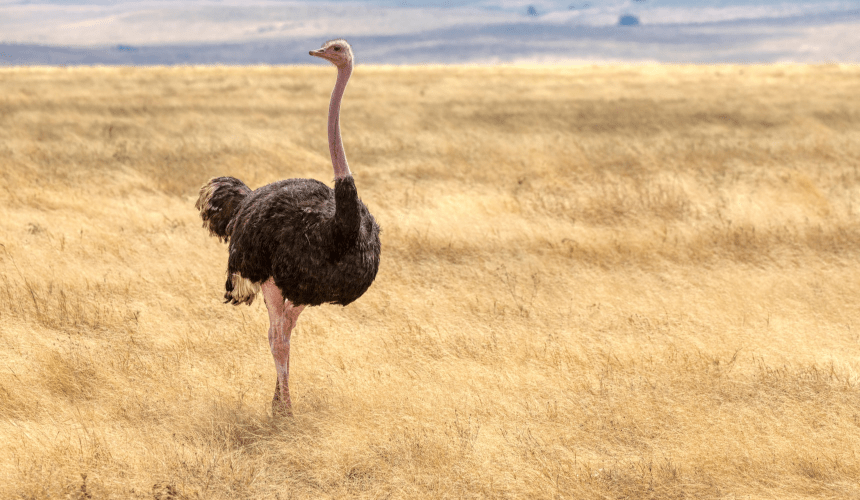
Best Challenge to the Disease-Based View of the Brain
Anatomy of an Epidemic: Magic Bullets, Psychiatric Drugs, and the Astonishing Rise of Mental Illness in America
Robert Whitaker
The limits of psychopharmacology are often debated with high emotion, but this book is not a simplistic rant at pill-pushers. It’s a well-reasoned and highly readable exploration of the temptation to put one’s faith in behavioral medicine. The limits and tradeoffs of meds are clearly delineated, and the promise of alter- natives is explored.
Best Introduction to the Human Brain
How the Mind Works
Steven Pinker
Pinker explains the findings of neuroscience in everyday language with clever references to popular culture. He goes where the evidence leads instead of jumping on intellectual bandwagons. Our physiological endowment makes us much more than just the product of cultural training, he asserts. More on the evolutionary foundations of human thought can be found in his excellent book The Blank Slate: The Modern Denial of Human Nature.
Best Field Research
Baboon Metaphysics: The Evolution of a Social Mind
Dorothy L. Cheney and Robert M. Seyfarth
When Charles Darwin was in his twenties, he wrote in his note- book: “He who understands the baboon would do more toward metaphysics than Locke. ” Cheney and Seyfarth take up Darwin’s challenge by conducting simple experiments on wild baboons. For example, they record baboons’ diverse vocalizations and play them back to analyze the responses of other baboons. Their findings illuminate links between social behaviors and reproductive success. Baboons constantly make sophisticated social judgments about mating and child nurturing. Being a social creature does not mean being “nice” to everyone all the time, and this book shows how a baboon decides whom to favor and when. The authors’ earlier work on vervet monkeys, How Monkeys See the World, also sheds great light on how the primate brain goes about meeting its survival needs.
Best Antidote to Negativity
The Science of Positivity: Stop Negative Thought Patterns By Changing Your Brain Chemistry
Loretta Graziano Breuning
Cynicism is popular because it feels good. It helps you feel supe- rior to others (serotonin), to build social bonds (oxytocin), and to redefine rewards so they feel approachable (dopamine). But you have to stay focused on the negative to enjoy the good feeling of cynicism. This book offers a way out of that vicious cycle, and it sustains the momentum of the present volume. You can rewire yourself to feel good in the world you actually live in instead of letting your happiness wait for the promised land of your imagination.
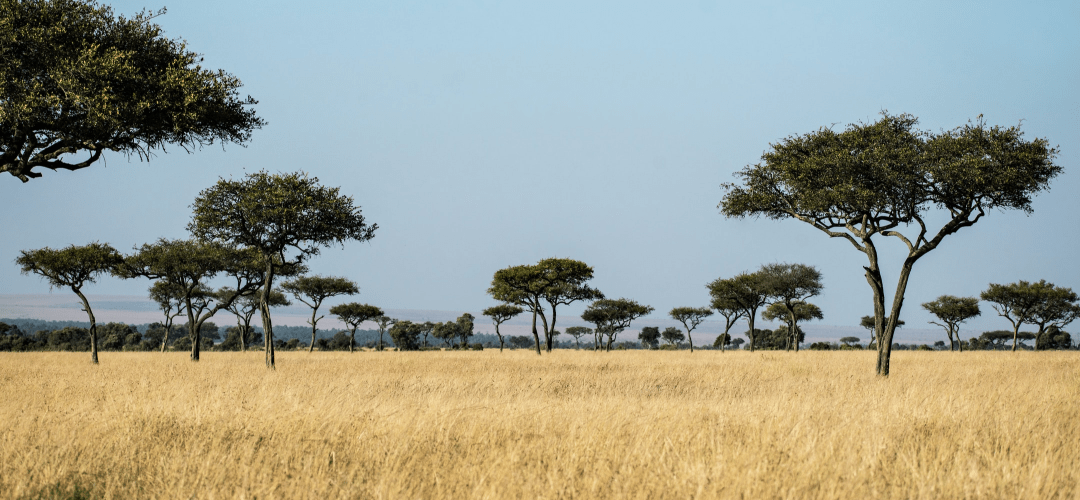

Best Introduction to the Human Limbic System
The Emotional Brain: The Mysterious
Underpinnings of Who We Are
Joseph LeDoux
This is a clear description of the brain systems we’ve inherited from earlier mammals, especially the amygdala. It helps us make the link between our body parts and our subjective perceptions, and thus to notice the mental activity we conduct with neu- rochemicals rather than with words. The book tilts toward the negative emotions such as fear, and on disease rather than normalcy. But it is still a highly accessible description of what goes on under the hood. LeDoux’s other great work, Synaptic Self: How Our Brains Become Who We Are, is a great explanation of how we store old experiences and retrieve them to process new experiences.
Best Exploration of Violence
Demonic Males
Richard Wrangham
Books on primate violence are often scorned, but the evidence keeps piling up and begs for explanation. Wrangham shows how each form of primate violence promotes reproductive success. Some of this examples are stunning, such as the mother gorilla’s tendency to bond with the make who killed her infant because that improves prospects for her next infant. This book shows that the roots of violence are deeper than we habitually imagine. Acknowledging these patterns is not meant to excuse violence in humans, but to provide a realistic foundation for prevention efforts.
Best Insight into Mammalian Social Dominance
Cesar’s Way: The Natural, Everyday Guide to Understanding and Correcting Common Dog Problems
Cesar Millan
This is not just a “dog ” book. It explains the workings of the mammal brain using dog experiences familiar to everyone. We have all seen dogs struggling for dominance. Millan realized that dogs get agitated when the status hierarchy is unclear. They keep trying to assert dominance until they are dominated. They are calmer when hierarchical relations are established. This book tells the fascinating tale of how Millan figured this out. He grew up on a Mexican farm with working dogs. He saw that they weren’t aggressive like his neighbors’ dogs because his grandfather led them. He never met a “pet” until he moved to Hollywood. There, he met extremely neurotic pets that are loved and coddled but can’t stop struggling for dominance. His life experience makes a great story and a great contribution to our understanding of the mammal brain.
Best Compilation of Happiness Research
The Science of Happiness: How Our Brains Make Us Happy”and What We Can Do to Get Happier
Stefan Klein
Klein introduces the broad array of research on happiness in a highly accessible style. The book has no overarching theory, but it is a good way to extend one’s knowledge of the happy chemicals.
Best Conceptualization of Nonverbal Thought
Animals in Translation
Temple Grandin
The author is a person with autism who works as a consultant in livestock management. She believes her autism helps her under- stand how animals think. She explains that animals see more detail than humans. Humans learn to ignore details once we find the abstract pattern in those details. Grandin is good at avoiding the idealized notions about animals that result from projecting one’s ideal world onto the animal world. Her insights are based on a lifetime of direct experience with farm animals, as well as a PhD in animal science. Her descriptions of ani- mal thinking help us understand our own brain’s reactions to the world beneath the verbal abstractions that dominate our attention.
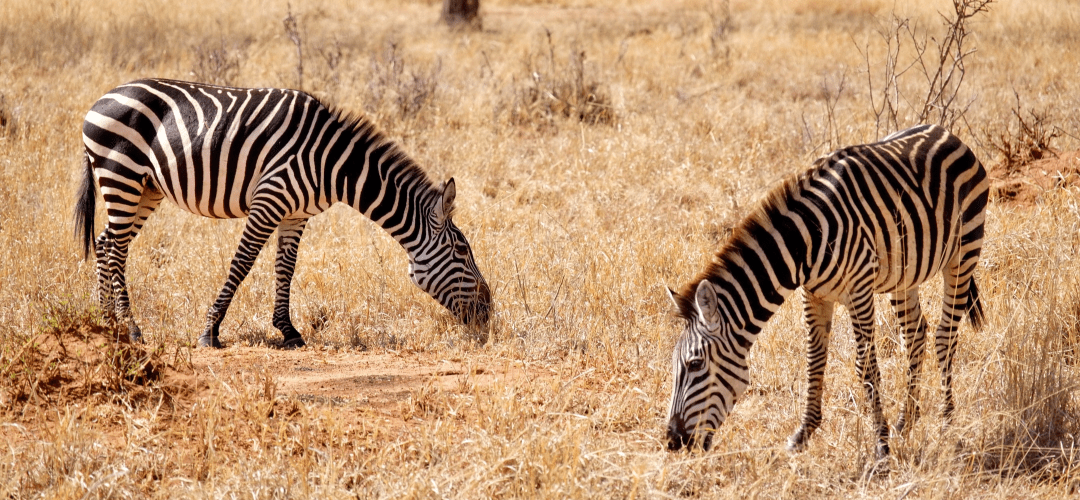
Best Insight into a Happy Home and a Happy Club
The Territorial Imperative: A Personal Inquiry into the Animal Origins of Property and Nations
Robert Ardrey
The most monogamous primate is the gibbon, so one naturally wonders how they keep the magic alive. It seems that couples team up to fight the neighbors, thus defending the fruit trees that keep their children alive. This book is a fascinating description of animals’ wide-ranging social dominance behaviors. The patterns are eerily familiar, and Ardrey clearly shows how they’re produced by natural selection rather than conscious intent. People’s strong attachment to their own little corner of the world makes sense once you read this book.
Best Introduction to Our Neurochemistry
Molecules of Emotion:
The Science Behind Mind-Body Medicine
Candace Pert
This science memoir is a perfect blend of neuroscience and the personal story of the researcher. Candace Pert was an early advocate of the idea that chemicals cause emotion. She was central to the discovery of opiate receptors in the brain, which led to the understanding that the body makes its own opiates.
Best Child Development Book
NurtureShock: New Thinking about Children
Po Bronson and Ashley Merryman
Bronson had children later in life and expected them to mold into his well-meaning hands. He discovered that kids learn from what you do rather than what you say. Who knew? This inspired him to study neuroscience and revisit his long-held presumptions about how “our society” should manage “our children.” He explores the way a child’s mind learns from direct interpersonal experience, not from preachy theories about how the world should work. It makes perfect sense when you understand mirror neurons (which are not directly addressed in the book).
Bronson confronts his own illusion that constant praise can help a kid get ahead. Effusive praise for mediocre effort gives the wrong message, he realizes. Kids are good observers of what gets rewarded and what doesn’t. If mediocre effort gets big praise, kids don’t build trust in their own abilities. Bronson struggled to restrain his urge to shower his children with accolades. His honesty about that makes the book humorous and engaging. Unfortunately, Bronson doesn’t acknowledge his own preoccupation with his children’s future status. Readers familiar with mam- malian social dominance will see it clearly.
Best Social History of Our Natural Status Urge
Status Anxiety
Alain de Botton
This book explores the reasons why status bugs us and what we can do about it. The human preoccupation with the good opin- ion of others has been dissected by philosophers for millennia. Alain de Botton is a British philosopher with an entertaining style and a refreshing lack of bitterness. He provides a riveting history of bohemians, whose conspicuous rejection of bourgeois values often masked a private life consumed by the pursuit of money, fame, and one-upmanship. He explores the temptation to blame the world for the common feeling that we have fallen short in some way. The book brims with historical examples, such as duels over “honor,” and shows how status anxiety has always been a part of human life.
De Botton has written many other books on happiness that are philosophical without being deadly dull. His writing will especially appeal to readers with a more literary and historical than scientific bent.
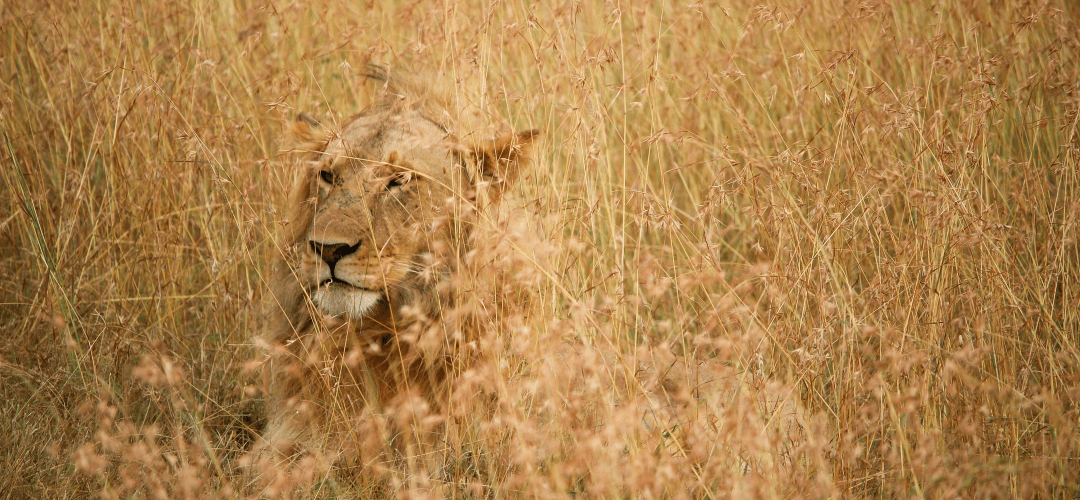

Best Classic
Sociobiology
Edward O. Wilson
This is the book that started it all, and it’s good reading despite being born as a textbook. It walks you through the social behav- ior of a huge array of animals, making the survival value of each behavior absolutely clear. You will see a lot of patterns that remind you of people you know.
Best Oldie
The Dragons of Eden: Speculations on the Evolution of Human Intelligence
Carl Sagan
This book won a 1978 Pulitzer Prize, and it’s easy to see why. Sagan’s famous skill for speculation and popularization are applied here to the distant past rather than distant galaxies. The title refers to the reptilian fears that the first humans might have inherited. Fortunately, the book speculates on the pleas- ant as well as the unpleasant emotions of our earliest ancestors. Sagan’s ideas about human cognition have been largely vali- dated by the neuroscience that came decades later. And he dares to be positive, saying, “If this is where we have come from, we have come very far.”
Best Picture Book on Human Progress
The Good Old Days: They Were Terrible!
Otto L. Bettmann
Historical cartoon drawings are used to illustrate the unpleasant aspects of days gone by. The author is an eminent historian and founder of the picture archive at the New York Public Library. He brings humor to his descriptions of the insecurity and harsh- ness of daily life in the past. The book conquers the widely held presumption that life has gotten worse in modern times.
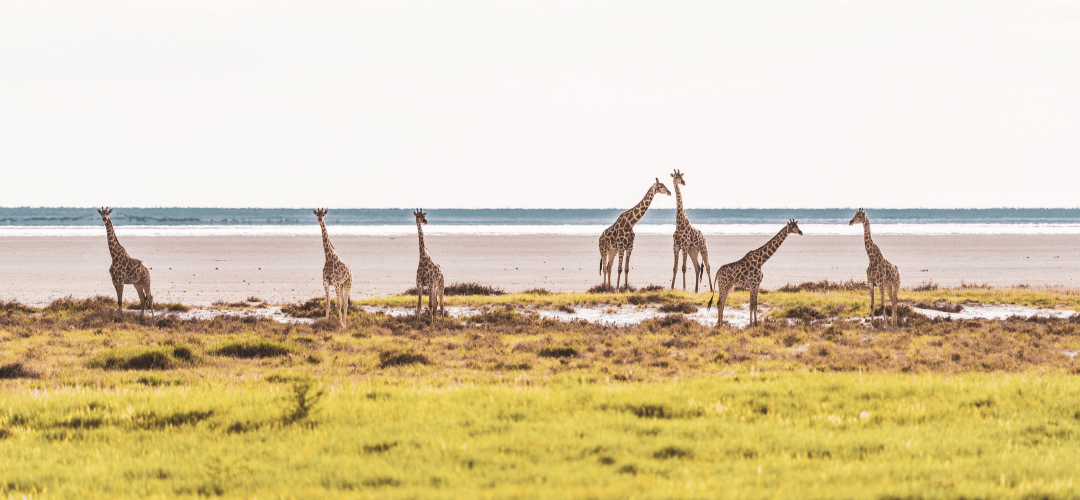
Best Explanation of “Hard-Wiring”
The Talent Code: Greatness Isn’t Born, It’s Grown
Daniel Coyle
The author sets out to explain why so many top performers in a field often come from one training center. Coyle investigates these “hotbeds of talent” to learn what these trainers are doing right. The answer he finds rests on a little-known aspect of brain function: the myelination of neurons. Repetition builds the myelin sheaths that make neurons efficient. Great talent develops when we repeat difficult skills enough to myelinate bundles of neurons. We all have plenty of myelinated neural pathways as a result of repeated early experience. But we often get frustrated when we strive to build such pathways consciously. Coyle’s research uncovered the distinctive kind of repetition that best promotes myelination and thus new skills.
Best Hope for the Future
An Unchanged Mind: The Problem of Immaturity in Adolescence
John McKinnon
Maturity doesn’t just come automatically with time. It has to be learned. We’re all born helpless and need others to meet our needs. We are soothed by the expectation that others will meet our needs, and learn to survive by calling attention to our needs. Yet we all must gradually learn to meet our own needs. What if this shift doesn’t happen? What if a person expects others to meet his or her needs forever? They may not expect this consciously, but the reward structure in their life may have trained it into them. The resulting immature behavior gets a labeled as a “disease” in the modern world. It’s not a “disease”it’s a learning gap that can be solved by learning. If you didn’t learn realistic expectations and self-care skills in the past, you can learn them now. McKinnon has written a sequel to help: To Change a Mind: Parenting to Promote Maturity in Teenagers.
Best Explanation of Political Correctness in Academia
How I Escaped Political Correctness and You Can Too
Loretta Breuning
I followed the herd in my 25 years as a college professor because, like any mammal, I feared social ostracism. But I finally decided that the price was too high, so I ripped off the political-correctness goggles to see the world without them. Then I notice the way ideology was taking over evolutionary psychology. We are now told that animals are empathetic and cooperative, and the century of research on the conflict among animals has disappeared. That research came before the internet age, but you can find it if you look in books. It started with The Soul of the Ape, written by Eugene Marais in the 1920s, but published much later.